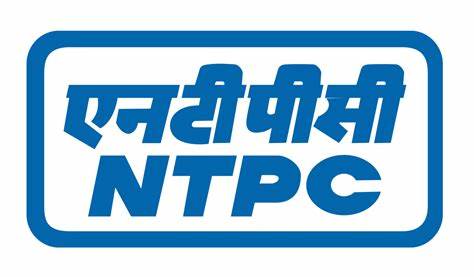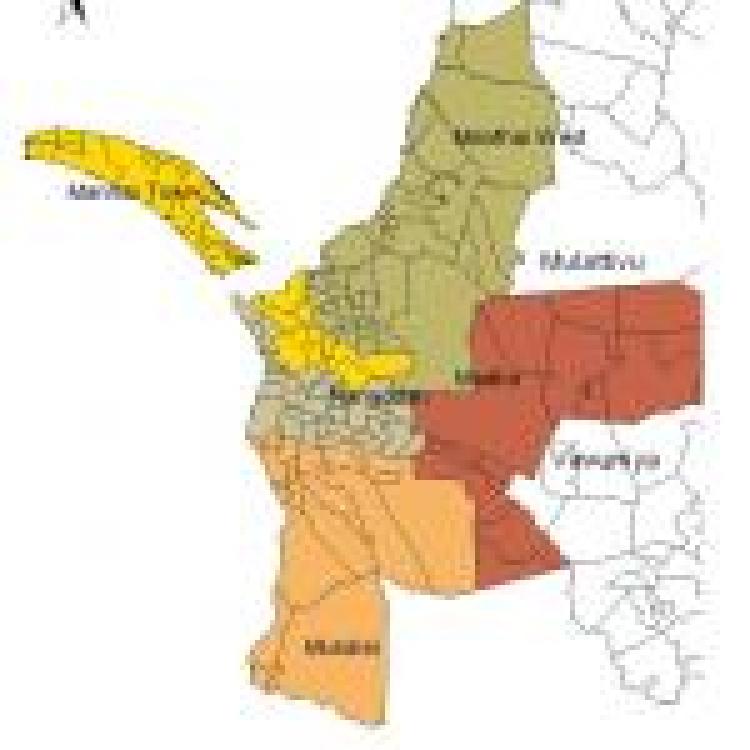
India and Sri Lanka will jointly construct a 135-MW solar power plant in stages in the port district of Trincomalee. The national thermal power corporation of India (NTPC) has partnered with the Ceylon Electricity Board, and the first stage of the project will be a 50-MW solar power plant expected to be completed in two years.
Sri Lankan Cabinet has given approval for the project as the country aims to generate 70 per cent of its electricity requirement by 2030 from renewable energy sources.
"The National Thermal Power Corporation of India and the Ceylon Electricity Board have entered into an agreement to jointly implement a solar power project in two stages," said a note from the Cabinet meeting held this week.
"As the first stage of this project, it is expected to implement a solar power project of 50 megawatts with a total estimated investment of USD 42.5 million and to construct a 220 kilowatts transmission line with 40-km length from Sampoor to Kappalthure spending USD 23.6 million. It is expected to complete this stage in two years from 2024 to 2025,"
A solar power generation plant with an additional 85 megawatts is expected to be constructed under a total investment of USD 72 million at the second stage of this project, the note said.
Last month, Sri Lanks's board of investment approved the construction of two wind power plants by India's Adani Green Energy to be developed in the Mannar and Ponneryn area of the North.
The USD $ 442 million investment will allow the construction of two wind power plants of 350 MW capacity which would be added to the national grid by 2025. The project in Mannar will operate at a total capacity of 250 MW and the project in Pooneryn will operate at a capacity of 100 MW and will both be commissioned in two years, according to the Board of Investment (BOI) Sri Lanka.
The announcement of the investment follows from both countries' intention to link their power grids. Sri Lanka and India will sign a pact to link their grids and start negotiations on an upgraded trade agreement within two months, a Sri Lankan diplomat said last month.
Sri Lanka's economic recovery plan rests on developing its renewable energy resources in the island's north, from where power can be transported into southern India through a cross-border transmission cable.
The North-East of the island remains heavily militarised which has stifled investment into the region. Cargo links which were touted to begin in February between South India and North-East have not commenced despite promises made by the government.
Read more at the EconomicTimes


